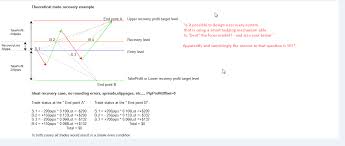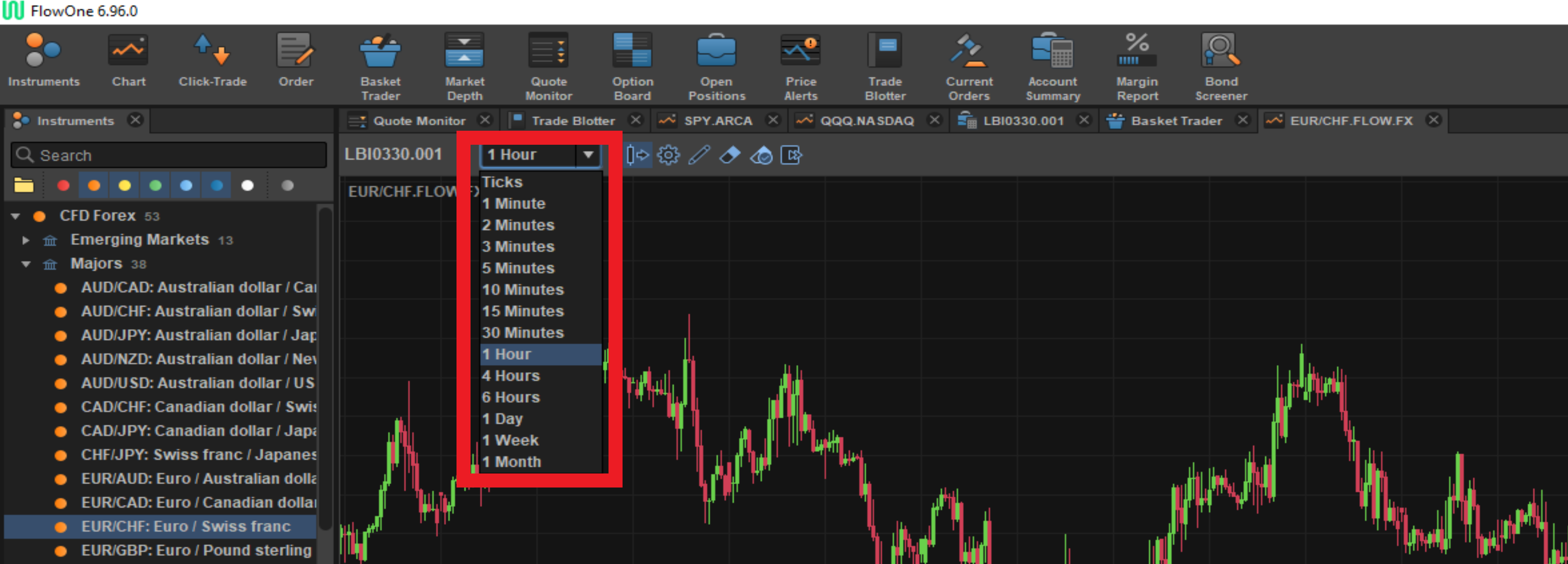
Dividend Discount Model (or Dividend Discount Model) is a valuation method that uses future cash dividends in order to calculate the intrinsic value of a company. This model can't be used to assess companies that pay no dividends.
This model calculates the stock's intrinsic value by adding the present value of expected dividends. This value is then subtracted form the estimated selling prices to determine the fair market price.
A company's value can be determined by a variety of factors. Most of these variables are speculation-based and subject to change. Before valuing stock shares, it is important that you understand the value of the company.
The dividend discount model can be used in two ways: supernormal or constant growth. The first assumes that dividend growth must be constant to determine a stock's worth. As such, the valuation model is sensitive to the relationship between the required return on investment and the assumption of the growth rate. For example, a fast-growing company may need more money than it can afford to pay.

Constant growth dividend discount models require that the expected rate of dividend growth be equal to the expected rate of return. It is crucial to understand the model's tolerance to errors. It is essential to ensure that your model matches reality.
The multiperiod dividend discount model is another variation. In this variant, the analyst can assume a variable rate of dividend growth in order to get a more accurate valuation of a stock.
These models are not appropriate for newer or smaller companies. However, they can be used to value blue-chip stocks. If a company has a track record of dividend payments, this model can be used to value the stock. Since dividends are paid from retained earnings, they can be considered post-debt metrics.
Additionally, dividends tends increase at a steady pace. This is not true for all companies. Companies that are growing rapidly may need more capital than they can pay their shareholders. They will need to raise additional equity or debt.
However, the dividend discount model is not suitable for evaluating growth stocks. While the dividend discount model works well when valuing companies that have a history of paying dividends, it makes it difficult to value growth stocks. These companies are increasingly popular. It is probable that such stocks will be undervalued if they are valued using the dividend-discount model.

The dividend discount model isn't your only valuation tool. Other tools, like the discounted cashflow model, can be used to calculate an intrinsic value for a stock based upon cash flow.
Whether you decide to use the dividend discount model or the discounted cash flow model, it is important to make sure that your calculations are as accurate as possible. If not, you might end up with a stock that is overvalued or underestimated in value.
FAQ
What is a Stock Exchange?
Stock exchanges are where companies can sell shares of their company. This allows investors to purchase shares in the company. The market determines the price of a share. It is typically determined by the willingness of people to pay for the shares.
Companies can also get money from investors via the stock exchange. Investors are willing to invest capital in order for companies to grow. Investors buy shares in companies. Companies use their money as capital to expand and fund their businesses.
There are many kinds of shares that can be traded on a stock exchange. Others are known as ordinary shares. These are the most popular type of shares. These are the most common type of shares. They can be purchased and sold on an open market. Stocks can be traded at prices that are determined according to supply and demand.
Preferred shares and debt securities are other types of shares. Preferred shares are given priority over other shares when dividends are paid. These bonds are issued by the company and must be repaid.
How do I choose an investment company that is good?
You should look for one that offers competitive fees, high-quality management, and a diversified portfolio. Fees are typically charged based on the type of security held in your account. Some companies charge nothing for holding cash while others charge an annual flat fee, regardless of the amount you deposit. Others may charge a percentage or your entire assets.
You should also find out what kind of performance history they have. Poor track records may mean that a company is not suitable for you. Avoid companies that have low net asset valuation (NAV) or high volatility NAVs.
You also need to verify their investment philosophy. A company that invests in high-return investments should be open to taking risks. If they're unwilling to take these risks, they might not be capable of meeting your expectations.
How does inflation affect stock markets?
Inflation affects the stock markets because investors must pay more each year to buy goods and services. As prices rise, stocks fall. You should buy shares whenever they are cheap.
How Do People Lose Money in the Stock Market?
The stock market does not allow you to make money by selling high or buying low. It's a place where you lose money by buying high and selling low.
The stock exchange is a great place to invest if you are open to taking on risks. They are willing to sell stocks when they believe they are too expensive and buy stocks at a price they don't think is fair.
They believe they will gain from the market's volatility. They might lose everything if they don’t pay attention.
Statistics
- Ratchet down that 10% if you don't yet have a healthy emergency fund and 10% to 15% of your income funneled into a retirement savings account. (nerdwallet.com)
- Individuals with very limited financial experience are either terrified by horror stories of average investors losing 50% of their portfolio value or are beguiled by "hot tips" that bear the promise of huge rewards but seldom pay off. (investopedia.com)
- "If all of your money's in one stock, you could potentially lose 50% of it overnight," Moore says. (nerdwallet.com)
- For instance, an individual or entity that owns 100,000 shares of a company with one million outstanding shares would have a 10% ownership stake. (investopedia.com)
External Links
How To
How to trade in the Stock Market
Stock trading is the process of buying or selling stocks, bonds and commodities, as well derivatives. Trading is French for traiteur, which means that someone buys and then sells. Traders sell and buy securities to make profit. This type of investment is the oldest.
There are many ways to invest in the stock market. There are three types that you can invest in the stock market: active, passive, or hybrid. Passive investors do nothing except watch their investments grow while actively traded investors try to pick winning companies and profit from them. Hybrid investor combine these two approaches.
Index funds track broad indices, such as S&P 500 or Dow Jones Industrial Average. Passive investment is achieved through index funds. This type of investing is very popular as it allows you the opportunity to reap the benefits and not have to worry about the risks. You can simply relax and let the investments work for yourself.
Active investing involves picking specific companies and analyzing their performance. Active investors will look at things such as earnings growth, return on equity, debt ratios, P/E ratio, cash flow, book value, dividend payout, management team, share price history, etc. They will then decide whether or no to buy shares in the company. If they feel that the company is undervalued, they will buy shares and hope that the price goes up. However, if they feel that the company is too valuable, they will wait for it to drop before they buy stock.
Hybrid investing combines some aspects of both passive and active investing. Hybrid investing is a combination of active and passive investing. You may choose to track multiple stocks in a fund, but you want to also select several companies. In this instance, you might put part of your portfolio in passively managed funds and part in active managed funds.